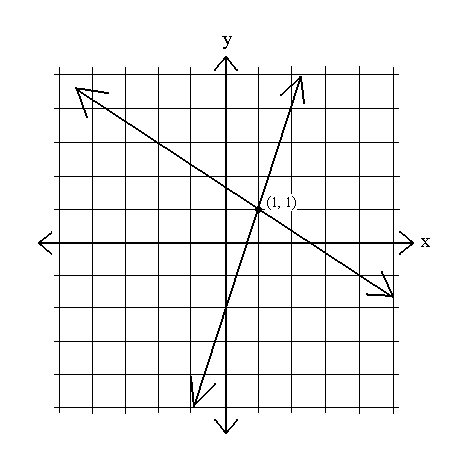Please wait while we process your payment
If you don't see it, please check your spam folder. Sometimes it can end up there.
If you don't see it, please check your spam folder. Sometimes it can end up there.
Please wait while we process your payment

By signing up you agree to our terms and privacy policy.
Don’t have an account? Subscribe now
Create Your Account
Sign up for your FREE 7-day trial
By signing up you agree to our terms and privacy policy.
Already have an account? Log in
Your Email
Choose Your Plan
Individual
Group Discount
Save over 50% with a SparkNotes PLUS Annual Plan!
 payment page
payment page
Purchasing SparkNotes PLUS for a group?
Get Annual Plans at a discount when you buy 2 or more!
Price
$24.99 $18.74 /subscription + tax
Subtotal $37.48 + tax
Save 25% on 2-49 accounts
Save 30% on 50-99 accounts
Want 100 or more? Contact us for a customized plan.
 payment page
payment page
Your Plan
Payment Details
Payment Summary
SparkNotes Plus
You'll be billed after your free trial ends.
7-Day Free Trial
Not Applicable
Renews July 8, 2025 July 1, 2025
Discounts (applied to next billing)
DUE NOW
US $0.00
SNPLUSROCKS20 | 20% Discount
This is not a valid promo code.
Discount Code (one code per order)
SparkNotes PLUS Annual Plan - Group Discount
Qty: 00
SparkNotes Plus subscription is $4.99/month or $24.99/year as selected above. The free trial period is the first 7 days of your subscription. TO CANCEL YOUR SUBSCRIPTION AND AVOID BEING CHARGED, YOU MUST CANCEL BEFORE THE END OF THE FREE TRIAL PERIOD. You may cancel your subscription on your Subscription and Billing page or contact Customer Support at custserv@bn.com. Your subscription will continue automatically once the free trial period is over. Free trial is available to new customers only.
Choose Your Plan
This site is protected by reCAPTCHA and the Google Privacy Policy and Terms of Service apply.
For the next 7 days, you'll have access to awesome PLUS stuff like AP English test prep, No Fear Shakespeare translations and audio, a note-taking tool, personalized dashboard, & much more!
You’ve successfully purchased a group discount. Your group members can use the joining link below to redeem their group membership. You'll also receive an email with the link.
Members will be prompted to log in or create an account to redeem their group membership.
Thanks for creating a SparkNotes account! Continue to start your free trial.
We're sorry, we could not create your account. SparkNotes PLUS is not available in your country. See what countries we’re in.
There was an error creating your account. Please check your payment details and try again.
Please wait while we process your payment

Your PLUS subscription has expired
Please wait while we process your payment
Please wait while we process your payment

Systems of Equations
We have worked with two types of equations--equations with one variable and equations with two variables. In general, we could find a limited number of solutions to a single equation with one variable, while we could find an infinite number of solutions to a single equation with two variables. This is because a single equation with two variables is underdetermined--there are more variables than equations. But what if we added another equation?
A system of equations is a set of two or more equations with the same variables. A solution to a system of equations is a set of values for the variable that satisfy all the equations simultaneously. In order to solve a system of equations, one must find all the sets of values of the variables that constitutes solutions of the system.
Example: Which of the ordered pairs in the set {(5, 4),(3, 8),(6, 4),(4, 6),(7, 2)} is a solution of the following system of equations:
| y + 2x | = | 14 | |
| xy | = | 24 |
When we graph a linear equation in two variables as a line in the plane, all the points on this line correspond to ordered pairs that satisfy the equation. Thus, when we graph two equations, all the points of intersection--the points which lie on both lines--are the points which satisfy both equations.
To solve a system of equations by graphing, graph all the equations in the system. The point(s) at which all the lines intersect are the solutions to the system.
Example: Solve the following system by graphing:
| y - 3 | = | -  (x + 2) (x + 2) | |
| y | = | 3x - 2 |

 (1 + 2) ? Yes.
(1 + 2) ? Yes.Please wait while we process your payment

